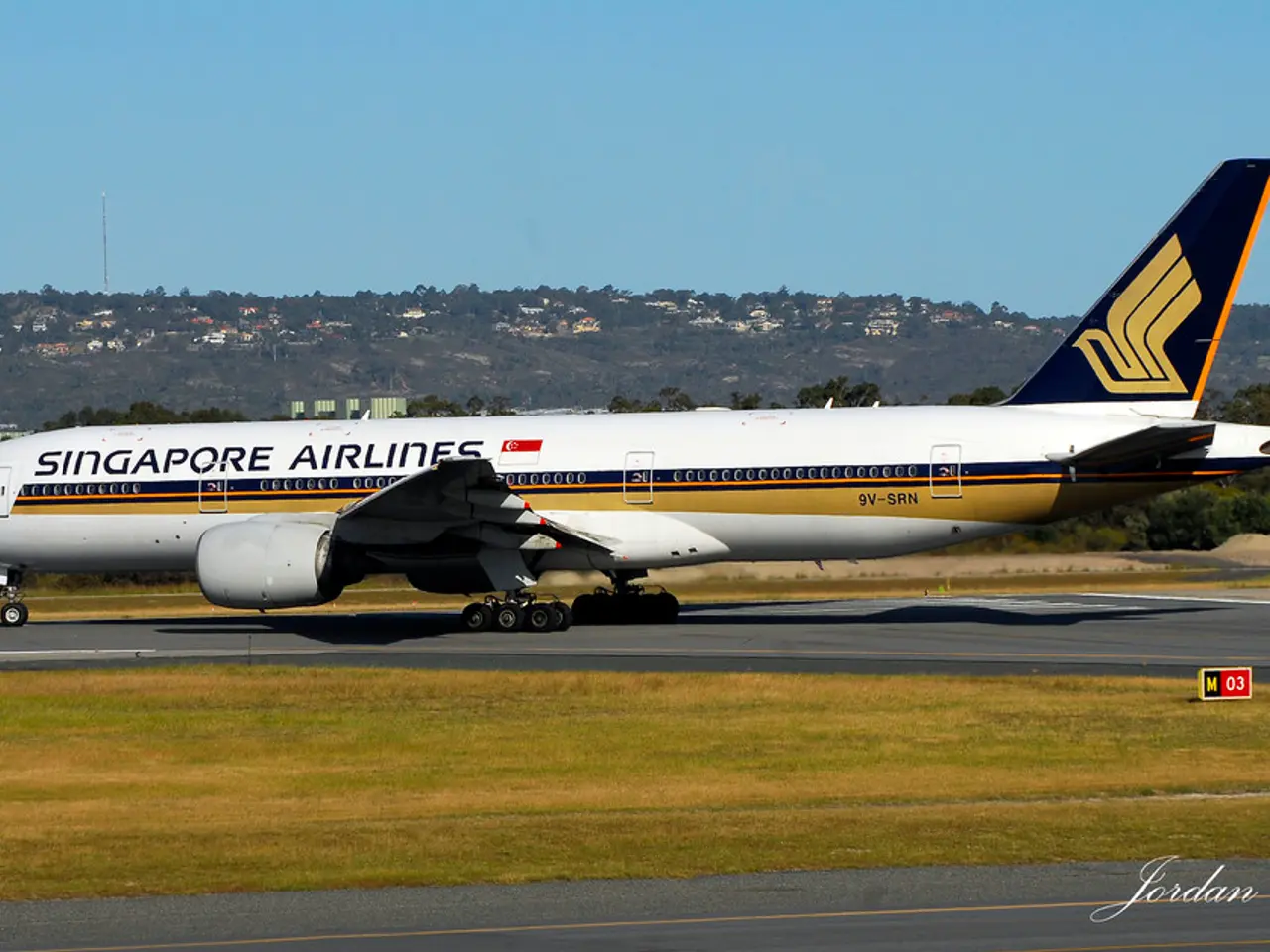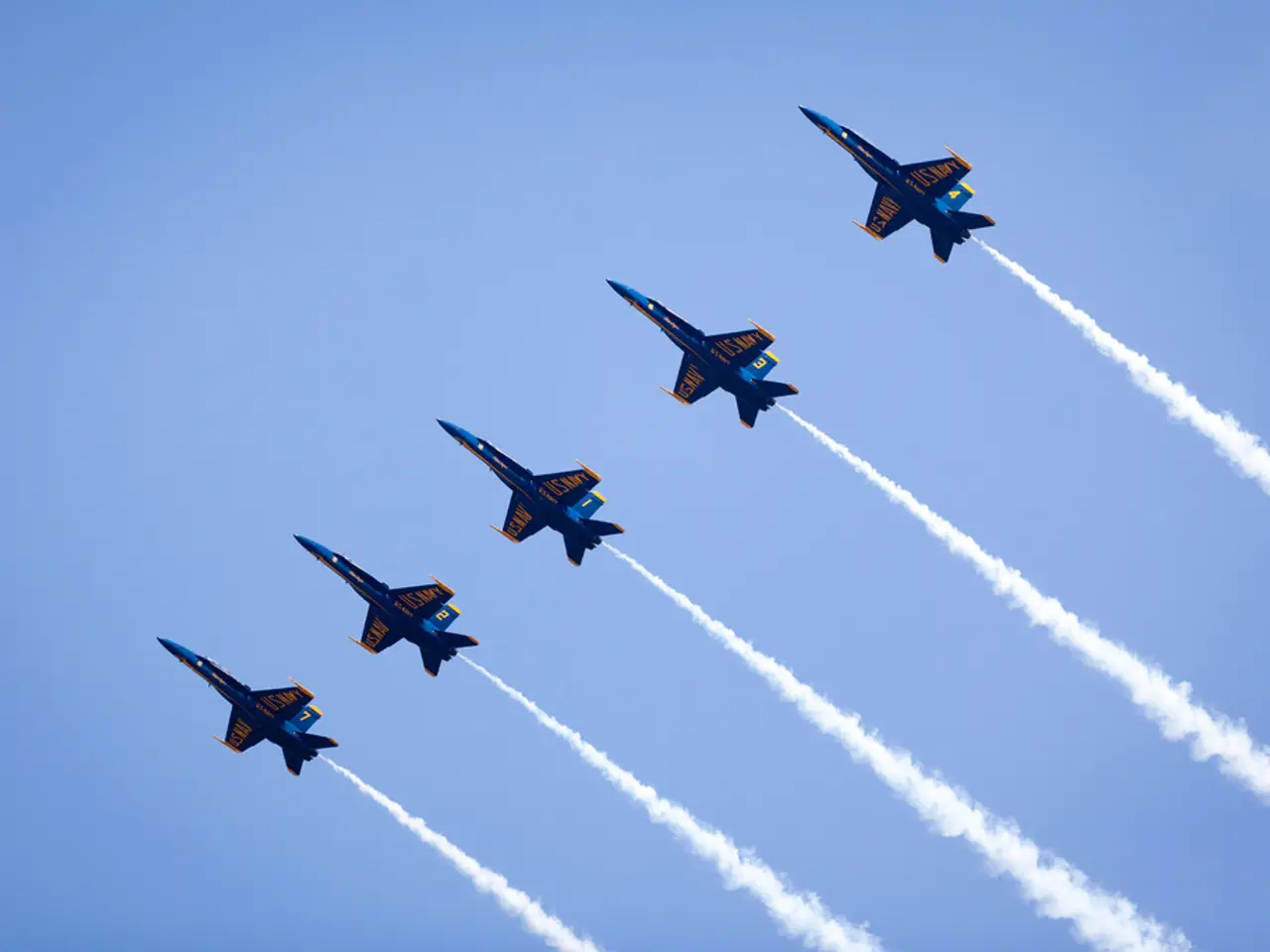Prepare and set up the landing system on the designated runway, according to Dizon's instructions.
Mactan Cebu International Airport (MCIA) to Install Instrument Landing System for Enhanced Safety and Operational Efficiency
Mactan Cebu International Airport (MCIA) is set to install an Instrument Landing System (ILS) on its new runway, a move that will significantly improve safety, operational reliability, and efficiency. The announcement was made by Vince Dizon, the Transportation Secretary, during his visit to the airport on July 23.
The ILS, a ground-based precision radio navigation system, will guide aircraft safely to the runway during final approach and landing. This system is crucial, especially during low visibility conditions such as fog, rain, or nighttime operations.
The installation of the ILS is expected to offer several key benefits. Firstly, it will provide highly accurate lateral and vertical guidance for aircraft during the final approach phase, improving landing accuracy and reducing the risk of approach and landing accidents.
Secondly, with ILS, the airport can support instrument approaches in almost all weather conditions, minimizing delays and diversions caused by poor visibility. This will lead to reduced pilot workload during the critical landing stage and improved traffic flow and efficiency.
Thirdly, by providing precise aircraft positioning, ILS supports better sequencing and spacing of arriving planes, optimizing runway usage and reducing congestion.
Lastly, ILS is a globally accepted system, widely installed at international airports to meet ICAO safety and operational guidelines.
The second runway at MCIA, which saw its first arrival (flight 7C2177 from Incheon, South Korea) and departure (flight 5J5108 to Kansai, Japan) on July 18, will serve as a backup when the main runway is closed for emergencies, maintenance, or other reasons. The ILS installation is suggested to make the new runway operational in all weather conditions.
The primary runway had been repaired due to loosened asphalt damage reported on July 12, causing a temporary closure and operational disruptions affecting 89 flights. The repairs were completed ahead of schedule to mitigate these disruptions.
Julius Neri Jr., MCIA-Authority General Manager and CEO, confirmed that no further recommendations were made from Dizon and expressed satisfaction with the overall condition of the second runway.
The installation of the ILS at MCIA is expected to considerably improve landing safety, operational reliability, and efficiency, enabling the airport to meet international aviation standards and safely accommodate increasing air traffic volumes even under adverse weather conditions.
References:
- FAA - Instrument Landing System (ILS) Overview
- FAA - Runway Incursion Mitigation
- Eurocontrol - Satellite-Based Augmentation Systems (SBAS)
- The installation of the Instrument Landing System (ILS) at Mactan Cebu International Airport (MCIA) will contribute to the aviation industry's commitment for safety and operational efficiency, following global aviation standards.
- Beyond enhancing air traffic safety, the ILS installation in Cebu, Philippines, will also foster the development of finance and technology sectors through increased trade and commerce opportunities.
- The new ILS at MCIA will facilitate smoother transportation and logistics operations in the region, benefiting various industries such as tourism, import-export, and manufacturing.
- With the implementation of ILS, the Mactan Cebu International Airport will align its infrastructure with modern technology and international best practices, bolstering the Philippines' standing as a key player in the global aviation landscape.





